Editor's Note: Today I have the pleasure of hosting a guest post from Alexandra Tachalova about guest posting. Guestception, if you will. Alex also be presented a fantastic webinar. Take it away, Alex.
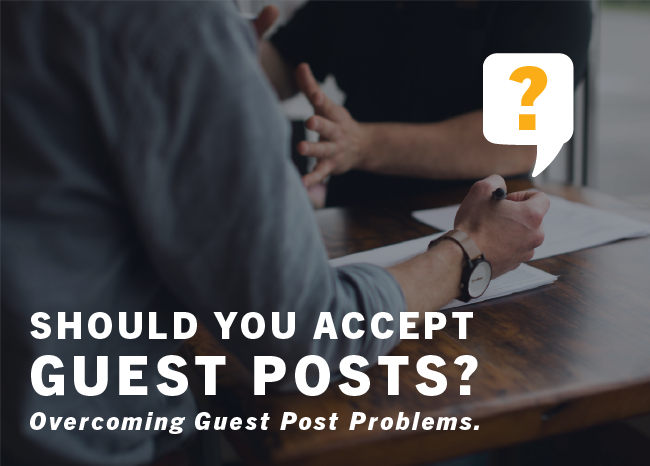
If you decide to open your blog to guest posts, it’s very important to be aware of what pitfalls you might encounter.
Many digital marketing managers and business owners blindly believe that soliciting guest posts is the cheapest way to generate heaps of useful, relevant content. Content that will bring traffic, grow their community, and boost revenue. In reality, there are plenty of downsides to accepting guest posts, especially if the posts harm your brand’s reputation or destroy your online presence.
I provide content marketing consultancy on a regular basis, and I know exactly the kinds of issues that can occur to a site when accepting guest posts. I also love analyzing various digital marketing blogs from time to time, in order to understand the competitive landscape and whether accepting guest posts will positively affect clients’ blogs. In general, Moz and BuzzSumo’s blogs are perfect examples of the outstanding results you can achieve from accepting guest articles.
Still, the majority of blogs that I’ve analyzed don’t receive such great results.
In early 2015, I noticed that Advanced Web Ranking’s blog started taking guest posts. According to a BuzzSumo Content Analysis report, they published 54 pieces last year, and got more than 8,000 shares, with an average of 163 shares per post, which is quite impressive. Don’t you agree?

If we dig deeper, we can see that the best social media channel in terms of engagement and shares is Twitter.
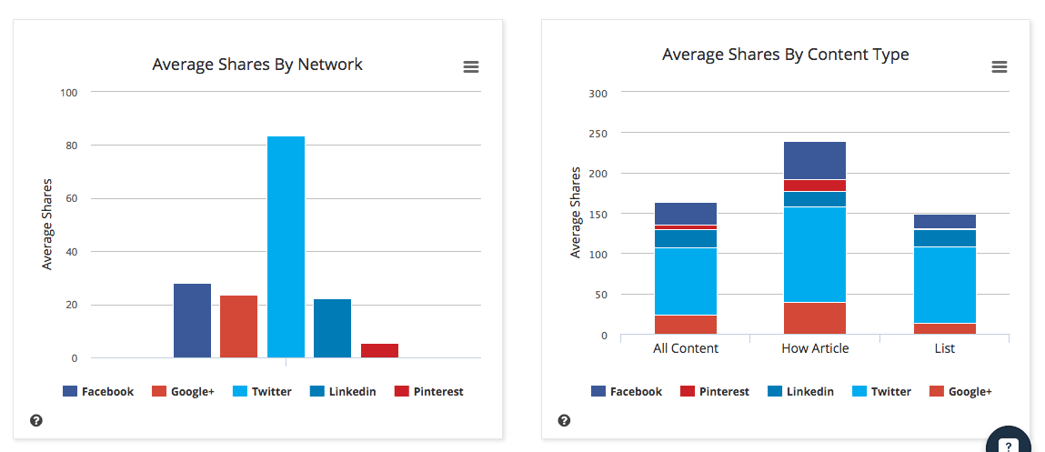
So, it’s quite logical to assume that Advanced Web Rankling should have received a significant boost in traffic from social media channels, because it earned such a massive number of shares across the year on Twitter, Facebook, LinkedIn, Google+ and even Pinterest. So, here’s a graph from SimilarWeb tool showing the traffic from social channels that AWR gained in the last 12 months:
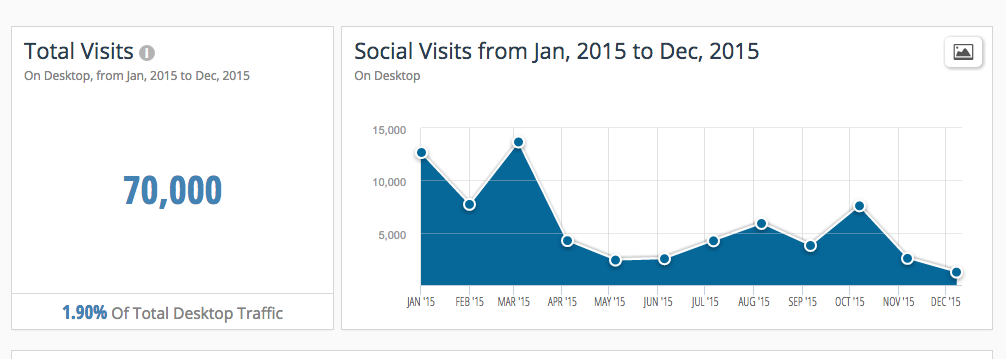
Besides SimilarWeb, there are a number of tools on the market that can give you an overview of various traffic channels for any domain; among these solutions are Compete, Alexa and others.
We see from the graph that AWR’s traffic has an overall negative trend with a small spike from September to October, which I believe correlates with AWR posting its most shareable articles (they went live at exactly the same time).

From this example, it’s clear that having guest post content on your blog doesn't mean that you'll get an automatic boost in traffic and visibility. Also, opening your blog to guest posts requires additional human resources and brings additional problems.
Today I want to share the typical downsides to guest posts, and also share some techniques for minimizing damage from these common issues.
Guest Post Problem # 1: Articles Have Minimal Value or are Irrelevant to the Audience
When I read a piece that lists the same boring facts I’ve seen many times before, I feel compelled to close the browser tab immediately. I also truly hate articles that have catchy titles but contain nothing valuable or insightful. I think we've all seen the kind of content I’m referring to here.
I am always astonished by how frequently specialists and managers in the digital marketing industry are so inexperienced with the product or service they’re promoting. The most ridiculous situation I encountered was when an editor from a top digital marketing blog asked me what “SEO” means. How can things like this happen?
Well, in a majority of cases, the people who are responsible for editing posts and reaching out to contributors have zero understanding of your business or even your industry in general. Many companies try to minimize their expenses by hiring unqualified content marketing specialists instead of industry pros.
When your editorial team has no knowledge of your business or industry, it’s not surprising they can’t properly evaluate whether an article contains valuable insights or is simply bad.
How To Deal With An Inexperienced Editorial Team
If no one on your editorial team is experienced with the type of business you’re working with, you should employ a third-party industry expert to review all guest posts. Hire someone who’s able to tell whether content will offer something new.
Another idea for overcoming an inexperienced editorial team: give your readers the ability to score published articles. This can be implemented in various ways, from voting or rating systems to pop-up windows that ask for feedback.
Guest Post Problem #2: "Free" Articles Have Sponsored or Irrelevant Links
Links are still a major ranking factor; that’s why they’re so expensive and desirable for any company that’s interested in boosting their online presence. The value of a link goes through the roof when it not only solves SEO issues, but also brings relevant referral traffic that might convert to customers.
We all know that in business everyone pursues their own interest. If you use guest posts as a way to gain free content, then your contributors will find other ways to earn money/value with their posts. One method is by securing links to their site, or to their clients' sites. However, there’s no guarantee that the added links will be relevant to your blog or bring value to your readers.
No one wants to waste time reading promotional or biased content, but in a majority of cases, it’s not so easy to filter out. Unfortunately, as a reader, you can’t be 100 percent certain that the mention of a brand in a blog or article was made because of content necessity or business interest. The key idea here is that referring to a specific resource is a strategic act, used to gain a link.
If you can assess a piece of content’s quality, then you can understand whether the piece brings enough value to allow the author to promote others within it. All links should be relevant, make sense, and add value for your reader.
How To Avoid Sponsored Content and Links
Use tools like Ahrefs or Majestic to analyze the relevancy and quality of the sources referred in a post. Sometimes, you can easily determine that the backlinks in the piece look unnatural or suspicious.
Using Ahrefs I look at a domain’s rank, which shouldn’t be too close to zero. If I’m not sure about the quality of a site, I also check what kind of domains are linked to it and whether it has SEO visibility.
I know that a majority of blog editors aren’t really paying attention to this, and it’s really hard to put together an analysis of pieces that are already published. So, if you’ve never checked your posts before, you can do it with the help of Ahrefs’ Linked Domains report, which provides all datasets and helps you more quickly identify the worst domains linked to your blog. By filtering the list of domains in the Domain Rank column from lowest quality to highest, you’ll have a list of the most dangerous ones, as shown in the graphic below.
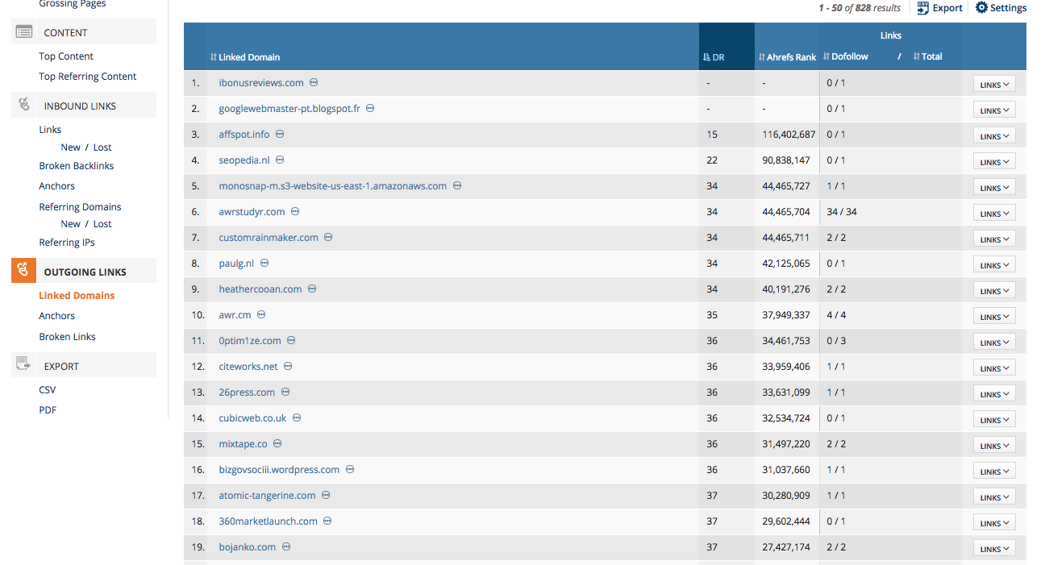
After using Ahrefs, there are normally some domains on my list that I’m still not sure about. That’s why I prefer to run an additional check with the help of the SERPstat Batch analysis tool, which shows me in one click the domain's visibility in Google:
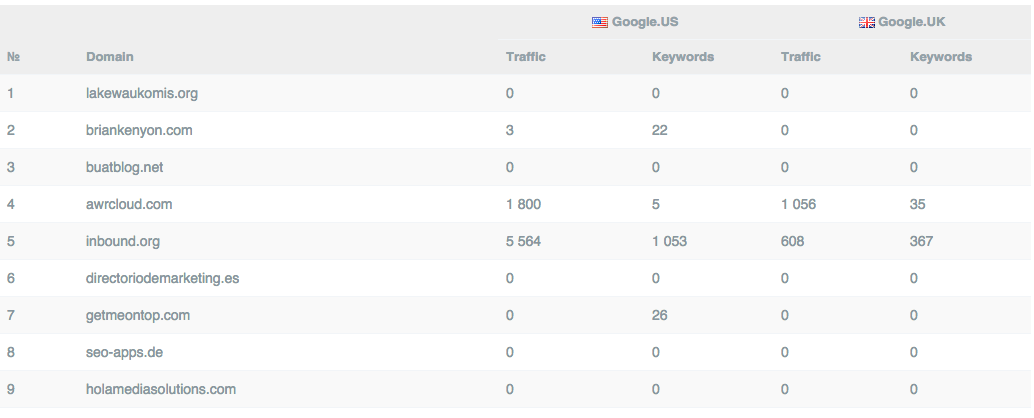
Another method you might find useful is to review the contributor's other articles in order to understand whether referring to a particular brand is part of their content strategy or just a coincidence. The fastest way to do this, other than a Google search, is to use BuzzSumo. Simply enter the following parameter “author: Author Name “ into the search bar and you’ll get a list of articles that were published under that author's name:
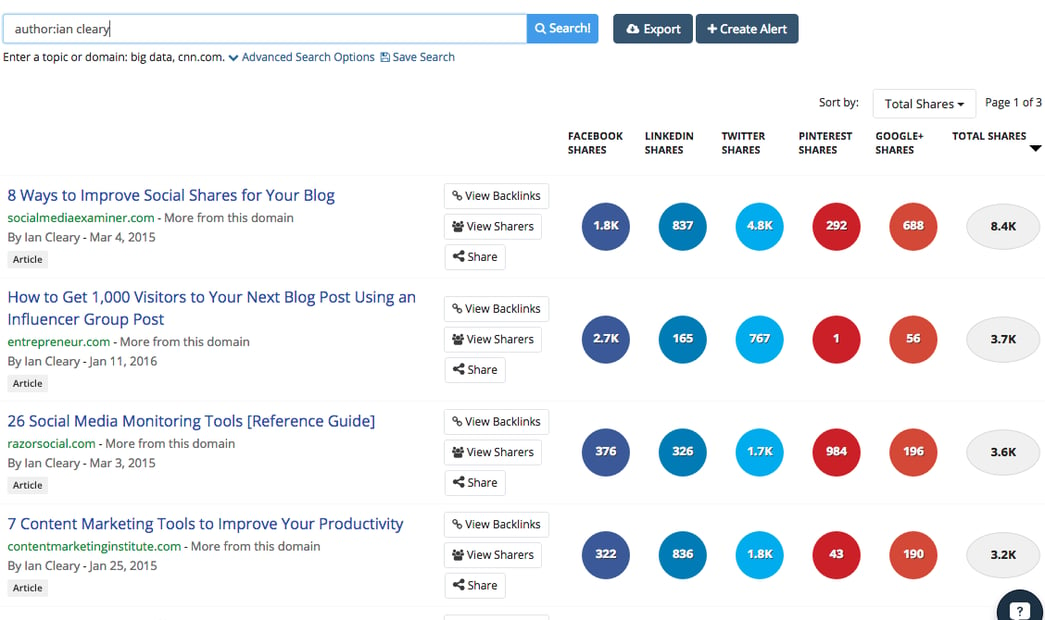
Guest Post Problem #3: Spending Too Much Time Editing And Rewriting
All your blog posts should be written using the same style guide.
Keeping a cohesive style doesn't involve changing messages or ideas, but instead notating terms and brands in a consistent way. And, yes, people do make plenty of mistakes when writing brand names that contain capital letters. Just take a look at how many different ways “SEMrush” has been misspelled:


You’ll definitely be able to solve some of the most common and painful mistakes with the help of a style guide, but it still won’t save you from the exhausting editorial process. If you want to publish a solid number of pieces each week, then you can’t survive without an editor who will take care of grammar, spelling, punctuation, proper use of names (such as brands, conferences or places), correcting mistakes, and tightening up your language to help you make your point.
In reality, by opening your blog up to guest posts you’re increasing the amount of work you’ll need to do before pushing the “publish” button.
Rewriting represents another problem of which you need to be aware. From my personal experience, rewriting is often necessary when you have a guest author that isn’t a native English speaker and doesn’t use a proofreader and/or editor.
In this case, you’ll have to rewrite the whole blog post in order for it to make sense to your readers. This is the most time-consuming process, because you’re trying to guess the author’s ideas without misinterpreting them. As with any other task, you need to be able to evaluate the positive impact of posting content from a particular author versus the number of hours you’ll need to invest into polishing it.
How To Spend Less Time On Editorial Work
I highly recommend providing your guest bloggers with a style guide from the very beginning and updating it on a regular basis, especially with new terms.
When it comes to rewriting, there’s only one way to do it – you’ll need to ask non-native speakers whether their piece will be reviewed by someone else with excellent knowledge of English before submitting to you. That way you can at least be prepared and can make an informed decision about whether you have enough resources to use such piece.
Guest Posts Aren't Free Content
No one is perfect.
It’s fine to make mistakes and even fail in the pursuit of positive results. However, it’s not fine to put zero effort into overcoming issues. You should be constantly refining your content creation process. And, as you’ve already noticed there’s no such thing as free content, so be wise when selecting the right strategies and techniques. It’s not just about short-term results, but setting yourself up for success and building a strong community around your brand.
And one last thing – if you’re here, then my guest post is positively affecting the Page One Power blog! :)

